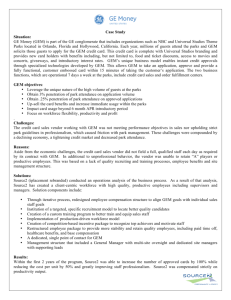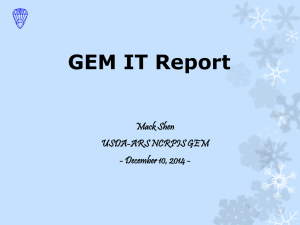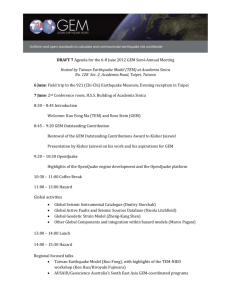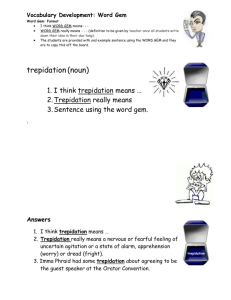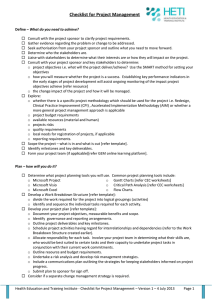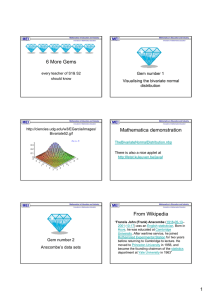case study template
advertisement
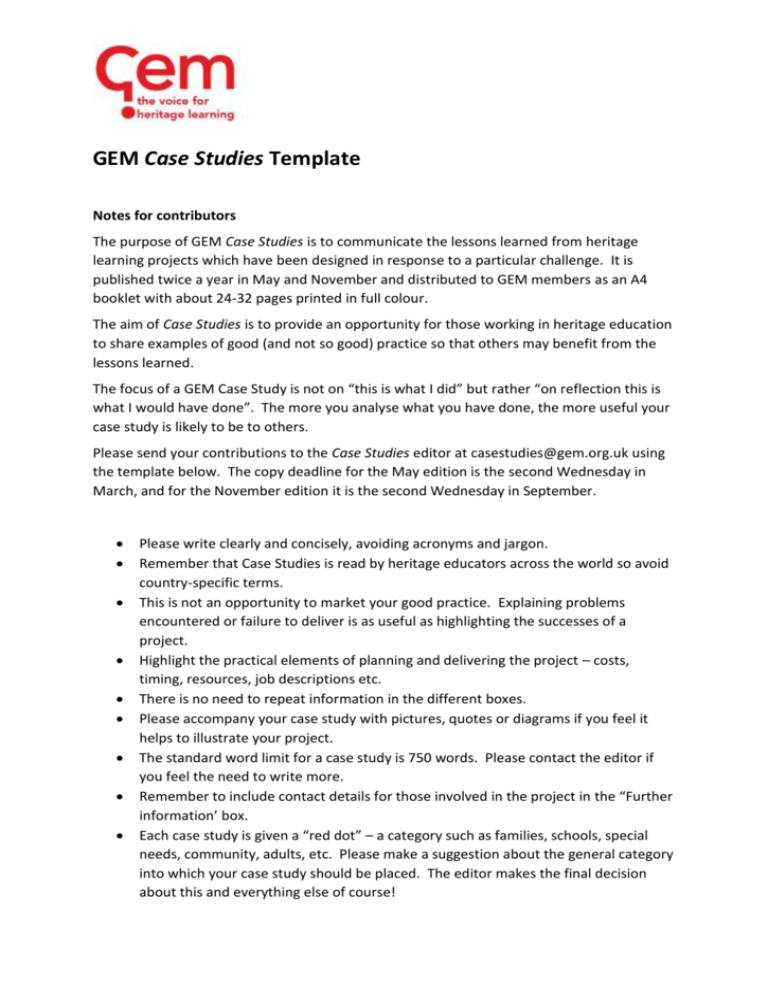
GEM Case Studies Template Notes for contributors The purpose of GEM Case Studies is to communicate the lessons learned from heritage learning projects which have been designed in response to a particular challenge. It is published twice a year in May and November and distributed to GEM members as an A4 booklet with about 24-32 pages printed in full colour. The aim of Case Studies is to provide an opportunity for those working in heritage education to share examples of good (and not so good) practice so that others may benefit from the lessons learned. The focus of a GEM Case Study is not on “this is what I did” but rather “on reflection this is what I would have done”. The more you analyse what you have done, the more useful your case study is likely to be to others. Please send your contributions to the Case Studies editor at casestudies@gem.org.uk using the template below. The copy deadline for the May edition is the second Wednesday in March, and for the November edition it is the second Wednesday in September. Please write clearly and concisely, avoiding acronyms and jargon. Remember that Case Studies is read by heritage educators across the world so avoid country-specific terms. This is not an opportunity to market your good practice. Explaining problems encountered or failure to deliver is as useful as highlighting the successes of a project. Highlight the practical elements of planning and delivering the project – costs, timing, resources, job descriptions etc. There is no need to repeat information in the different boxes. Please accompany your case study with pictures, quotes or diagrams if you feel it helps to illustrate your project. The standard word limit for a case study is 750 words. Please contact the editor if you feel the need to write more. Remember to include contact details for those involved in the project in the “Further information’ box. Each case study is given a “red dot” – a category such as families, schools, special needs, community, adults, etc. Please make a suggestion about the general category into which your case study should be placed. The editor makes the final decision about this and everything else of course! Case Study Title Author(s) “Red Dot” (Suggested category) Section 1 – 250 words Summary (Brief outline of the project) Background (Information on the learning audience, institution etc. which provides a context for the project) Challenge (The problem being addressed by the project) Approach (A description of how the project sought to address the challenge) Intended outcomes (The aim/s of the project) Intended outputs (The products to be delivered by the project) Section 2 – 300 words Obstacles and issues (The difficulties encountered through the delivery of the project) Actual outcomes (Those original or additional aims met by the project) Actual outputs (Those products – planned or additional - delivered by the project) Section 3 – 200 words Lessons learned (List of key learning points from the project) Next steps (Brief description of the future of the project or related initiatives) Further information (Include any references, suggestions for further reading and contact information for those involved in the project)

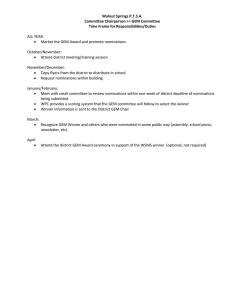
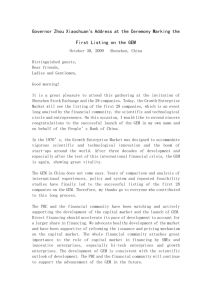
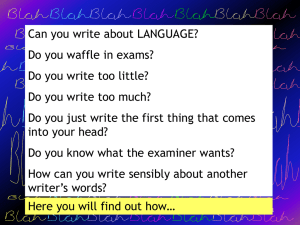
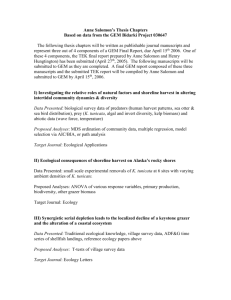
![32] laudato si - St. Francis Xavier Church , Panvel](http://s2.studylib.net/store/data/010185794_1-e4a400ade03433d1da3a670658ed280b-300x300.png)
